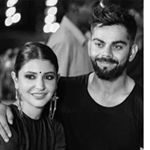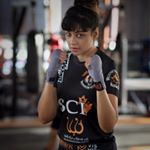- The total population in India is 1.324 billion.
- January 2017 data puts the active social networking penetration in India at 14% of the total population - one of the lowest rates worldwide. Nevertheless, India is second largest online market behind China, globally.
- For many connected users in India, access to the Internet is primarily for accessing social media networks. According to a report by the Internet and Mobile Association of India (IAMAI), 66% of the Internet users in urban India regularly access social media platforms.
- India has world's largest number of Facebook Users with over 200 million users, overtaking US and Indonesia.
- In India, there are over 462 Million internet users and 200 Million are active social media users.
- In India, 76% of Facebook users are Men, and 24% users are women, which illustrates the barriers women face in India to access technology and information.
- There are age and gender differences in usage rates among various social media platforms In India.
- Generally, all age groups spend 1–2 hours on social media per day. However, the amount of time spent on social media seems to decrease as the age of the respondent groups increases.
- Key Facebook Users from India are aged 18-24, which is the largest and fastest growing population segment.
- Over 60% of active social network users are college going students.
- A users revisits Facebook more than 3 times in a day.
- 11% of Internet users are connected via WhatsApp.
- 9% of Internet users use Facebook Messenger to converse online.
- 8% of Indian Internet users use Skype to connect with family, friends and loved ones. Skype has gained popularity and is even used for formal conversations.
- 6% of Indian Internet users are on Twitter; a micro-blogging website that has gained popularity over the years and is now an integral part of the social media ecosystem.
- Twitter has 23.2 million Monthly Active Users in India, which is 2nd largest in Asia-Pacific after Japan with 26 million MUAs.
- Activities on Social Networking sites are high between 6 PM to 10 PM.
- Mumbai and New Delhi accounts highest traffic to social media sites.
Top Influencer Marketing Statistics Every Marketer Should Know
- 70% of teenage YouTube subscribers trust influencer opinions over traditional celebrities.
- 86% of women turn to social networks before making a purchase.
- 32% of influencers who currently work with brands cite Facebook as the best platform, followed by Instagram at 24%.
- 71% of consumers are more likely to make a purchase based on a social media reference.
- 86% of the most-viewed beauty videos on YouTube were made by influencers, compared to 14% by beauty brands, themselves.
- 57% of beauty and fashion companies use influencers as part of their marketing strategies.
- On average, businesses generate $6.50 for every $1 invested in influencer marketing.
Why Influencer Marketing?
Brands looking into influencer marketing should take note of the trends in the industry in order to fully strategise their campaign. We have identified 5 prominent trends of influencer marketing coming 2018 and here's a summary.
As s hybrid of content marketing and native advertising, influencer marketing is an established trend in marketing that identifies and targets individuals with influence over potential buyers. Although this has usually meant focusing on popular celebrities and Internet personalities, there is a new wave of 'Micro-Influencers' that can have a large impact.
Trend #1: Emphasis Towards Content Marketing
In 2016, we have seen and experienced both the good and not-so-positive impact influencer marketing can bring to a brand. Some prominent mistakes made by brands include the overuse of influencers, selecting influencers irrelevant to your brand and so on. But one big mistake that should be avoided is the posting of content which is irrelevant to the audience.
Coming 2017, the emphasis on quality content will be largely noticeable. Content posted by Indian influencers not only have to be engaging and interactive, it also have to be new, natural, suited to the influencer and brand, shareable and encompasses a call-to-action to be able to reach out to a wide network of your target and produce positive results. Consequentially, brands which invest greatly in creating quality content will have an edge over the rest.
Trend #2: People-Centric Influencer Marketing
Most brands and marketers are focused on tapping on the hype of influencer marketing without considering the rationale behind those marketing efforts. In the upcoming year, it is crucial for brands to become more people-centric and focus on the audience when implementing each campaign.
Influencer marketing in 2017 will need to provide consumers with what they desire and explain how purchasing your product or service will add value to their life. With many marketers executing their marketing campaigns without much thought regarding their audience, being the first few to resonate with the audience will bring your brand ahead.
Trend #3: Indian Becoming Risk-Adverse
Being risk-adverse, Indian consumers are increasingly relying on influencers and word-of-mouth to decide on their purchases. This should be seen as an opportunity to leverage on the available influencers to bring about more sales through the online platform. To be able to leverage on influencer marketing to provide a form of reassurance for the consumers would definitely bring about positive impact on your brand's ROI.
Influencer marketing would hence be a great platform to reach out to India market, especially the young Indian who constantly look online for reviews. These characteristics of the community is what make influencer marketing extremely effective in India.
How To Get Started With Influencer Marketing?
Reaching out to Influencer Personally or through Influencer Marketing Agency
You may ask, what are the various ways to engage Instagram influencers in India to perform influencer marketing? There are simply two options: businesses to reach out to influencers personally, or go through an influencer marketing agency.
On the surface, it may seem reasonable to reach out to influencers personally with the presumed low cost and easy reach. However, with the vast amount of influencers in India, each focusing on specific topics of interest, performing influencer marketing and liaising can be a real challenge. To execute an effective influencer marketing campaign, one should be sure to read up on the various aspect of influencer marketing from the various articles and ebooks available online.
Alternatively, an influencer marketing agency would be of great help in terms of identifying the right influencer for your marketing campaign, negotiating prices and measuring results.
Indian Fastest Growing Influencer Marketing Agency
StarNgage is an Influencer marketing and reporting platform allowing brands to customise, manage, launch, and measure digital advertising campaigns on Instagram. StarNgage empowers brands to partner and advertise with everyday influencers - the same way you would on search engines or social networks!
StarNgage provides 4 main services: Targeting, Identifying, Amplifying and Tracking.
How To Choose Your Influencer Marketing Goals and KPIs
The Most Common Influencer Marketing Campaign Goals
The Most Common Influencer Marketing Campaign KPIs
Reach
Can be measured based on the number of followers of influencers. Easy to measure, but the least valuable.Clicks
Easy to measure and one of the most important performance based metricsEngagement
Includes any social action (like, comment and share). Requires a hashtag or unique link for proper attribution. More value than a click.Conversion
Includes installs, sign-ups, form completions and purchases. Hardest to measure, requiring a pixel & unique link or a promo code for attribution.How To Choose Your Influencer Types
The Pyramid of Influence
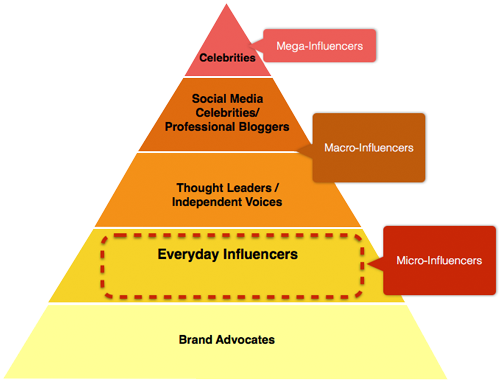
Get Our Influencer Rate Card Today!
A brand new way for you to compare the rates of influencers across the world.
Learn MoreSpectrum of Influencers
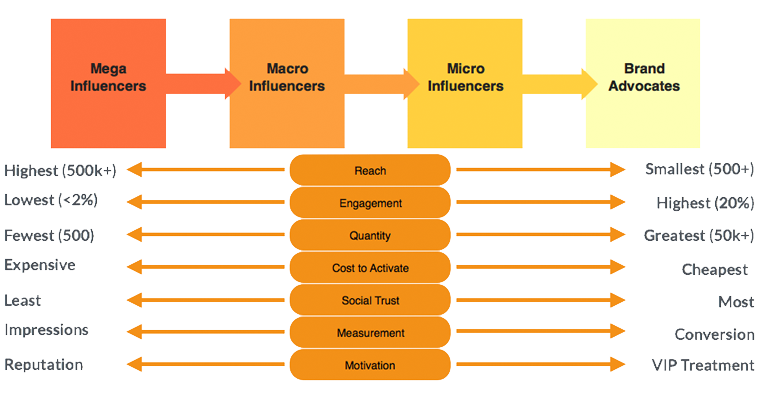
Social Media Influencer Landscape in India
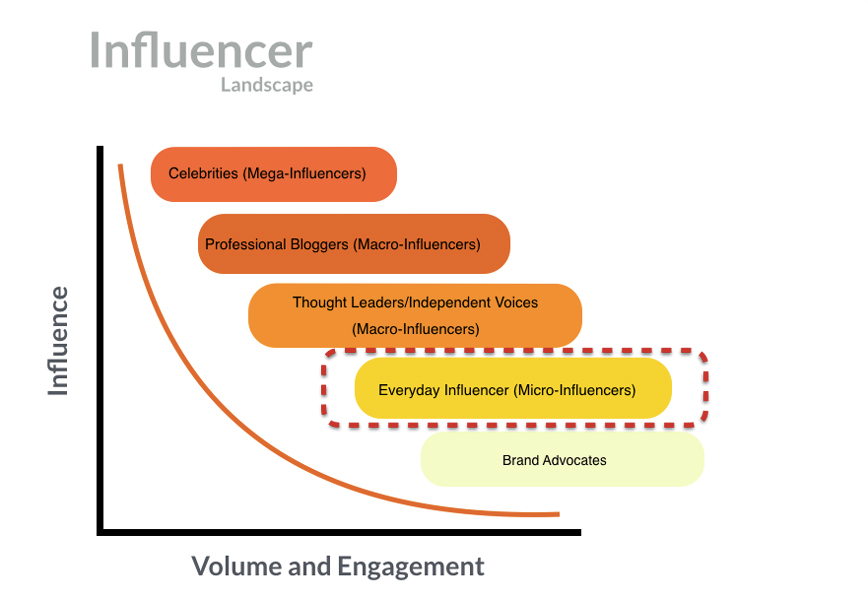
Top Youtubers (Youtube Influencers) in India


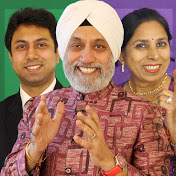
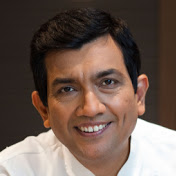


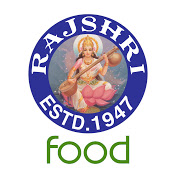

Top Instagrammers (Instagram Influencers) in India
How To Choose Your Influencer Marketing Content Types
Plan Your Content Type Before Activating The Influencers
Brand Generated
Brand creates the content and influencers are activated to share it with their networks.- Pros: Influencers don't add any personalization; they simply share the content. Least risk.
- Cons: Less Creativity and personalization. Least impactful.
Co-Developed
Brand develops guidelines for the content and influencers create their own content based on adaptation. For example: “Share a picture of your selfie in Singapore Botanic Garden”.- Pros: Moderate Impact Pontential
- Cons: Mild risk.
Influencer Generated
Content is generated by Influencers based on their creativity. Brand gives loose and generic direction.- Pros: Influencers have full creativity with loose guideline from brands. Maximum impact.
- Cons: Review process is needed as part of risk management as the risk is higher.
How To Choose the Right Incentive for Your Influencer
Plan Your Incentives Before Activating The Influencers
Types of Incentives
Cash
For most of the mega-influencers and macro-influencers, you will have to use payments for incentives. However for micro-influencers, some of them are open to receive VIP treatments and special branded incentives other than cash.VIP Treatment
When activating micro-influencers, the most popular incentive is an exclusive experience. This type of incentive works best when they are passionate about your brand. This could be in the form of a discount, gift card, limited product giveaway, VIP free trial etc.Recognition
Micro-influencers are more than happy to receive non-monetary rewards such as recognition. You can do this by featuring their content on your owned media such as Website or share their voices and give them a limelight on your social media channel.Common Incentives Ideas
- Exclusive Event
- Early Access
- Discounts
- Free Trial
- Contest Entries
- Gift Cards
- Experience Box
- Limited Product Sample
- Priority Service












